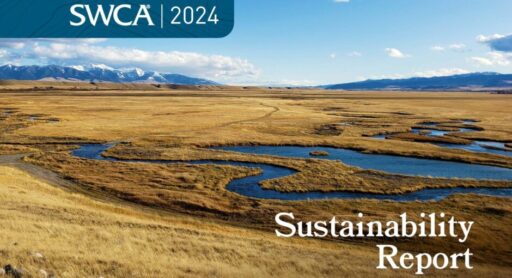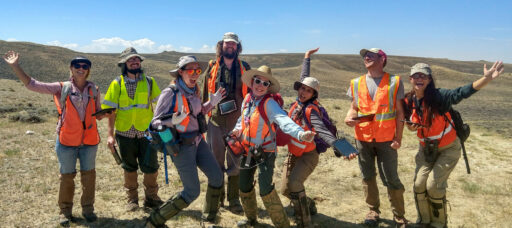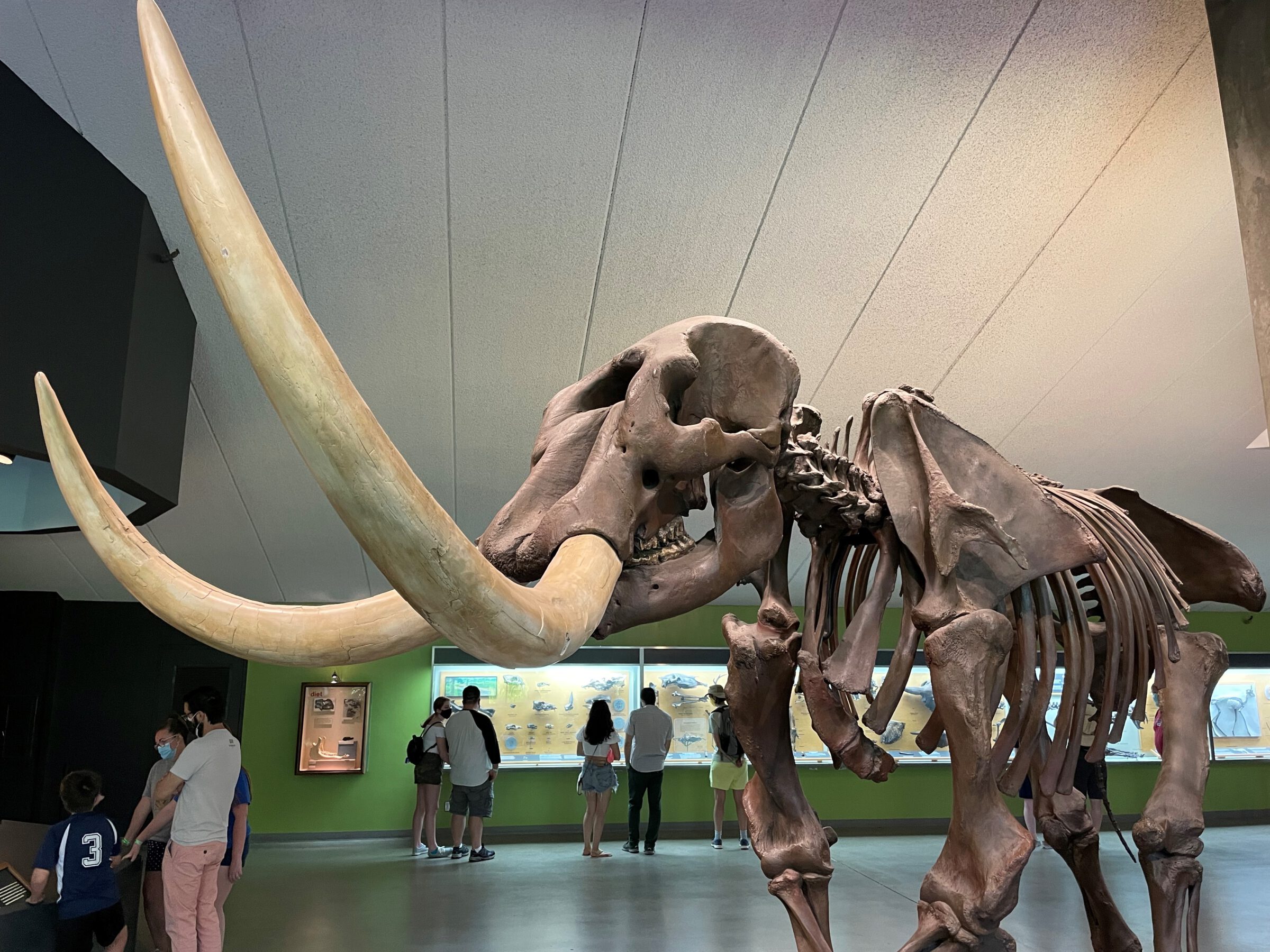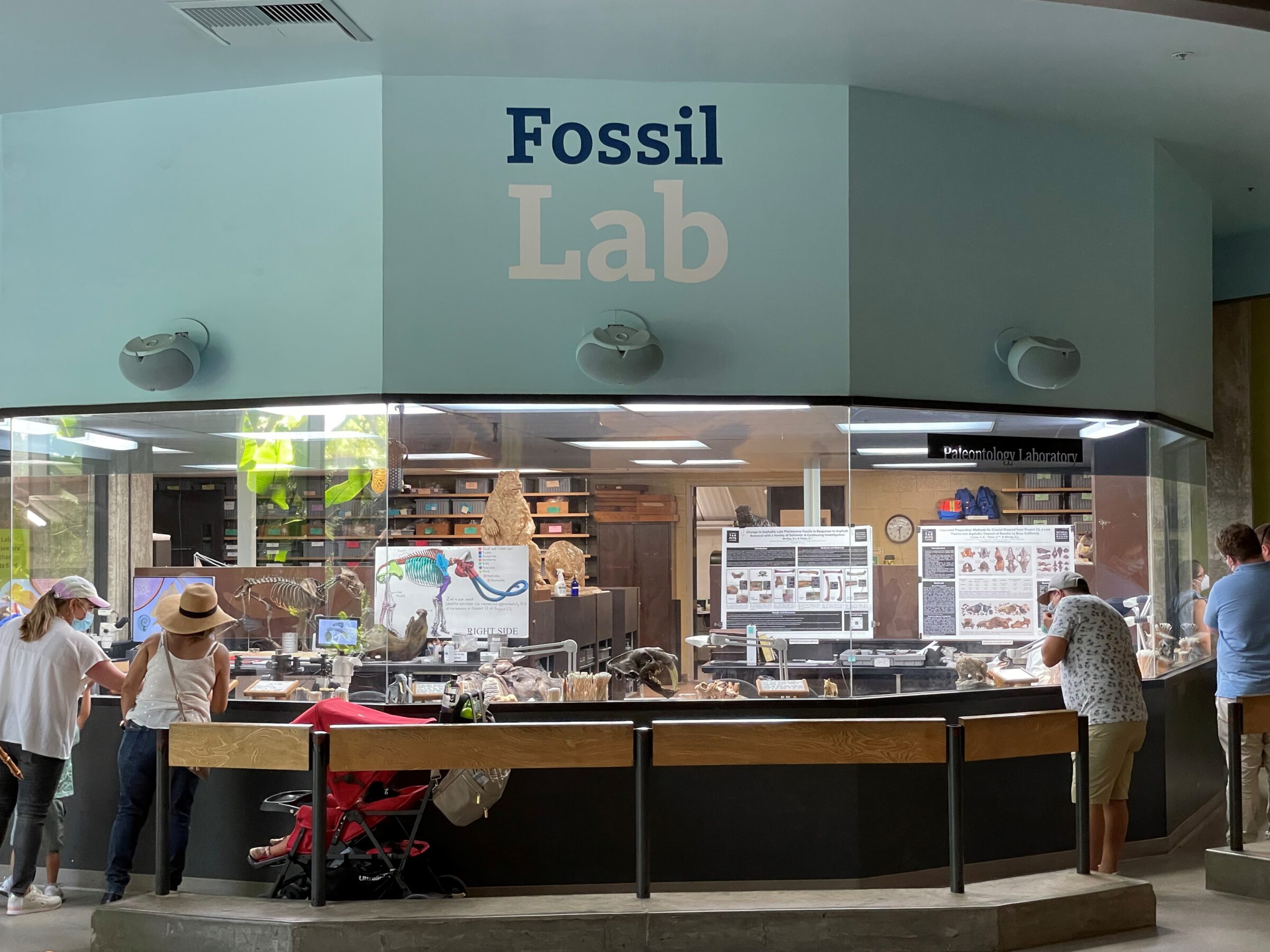2025
Comparably’s Best Company Outlook
* Providing engineering services in these locations through SWCA Environmental Consulting & Engineering, Inc., an affiliate of SWCA.

From the experts we hire, to the clients we partner with, our greatest opportunity for success lies in our ability to bring the best team together for every project.
That’s why:

At SWCA, sustainability means balancing humanity’s social, economic, and environmental needs to provide a healthy planet for future generations.

SWCA employs smart, talented, problem-solvers dedicated to our purpose of preserving natural and cultural resources for tomorrow while enabling projects that benefit people today.

At SWCA, you’re not just an employee. You’re an owner. Everyone you work with has a stake in your success, so your hard work pays off – for the clients, for the company, and for your retirement goals.
The Ice Age Unearthed: Preserving the Past, Present, and Future of La Brea Tar Pits
The Natural History Museums of Los Angeles County select SWCA to lead the Environmental Impact Report on the Master Plan to reimagine the world-renowned La Brea Tar Pits.
Siena joined SWCA in 2021, helping bring the company’s voice to life through thoughtful, creative content as a Marketing Content Developer. She collaborates with teams across the world to turn big ideas into clear, engaging stories for social media, the web, and beyond. Whether she’s writing a headline or planning a campaign, she keeps environmental insight and integrity at the center of every piece—one carefully-crafted pun at a time.

Bobbette is an environmental consultant with a diverse professional background throughout California. She has a deep knowledge of the California Environmental Quality Act (CEQA) and National Environmental Policy Act (NEPA) and excels in leading and participating in multidisciplinary teams involving scientists, engineers, and planners. Bobbette balances competing objectives throughout the planning process, giving clients sophisticated insight and guidance to inform decision-making. Her experience with planning, environmental documentation, and compliance spans a range of project types, from small and focused to large, complex, and controversial. Bobbette specializes in the management of large projects, multidisciplinary entitlement processes, and large as-needed contracts for public works and planning agencies.



A picturesque open space and park amid a busy urban neighborhood. A place of discovery and science for visitors and locals that has remained intact for more than a century. A landmark focused on the exploration of prehistoric times alongside the modern Miracle Mile. The world’s only paleontological excavation site in a major city. All reasons why SWCA is proud to be leading the comprehensive environmental analysis of the re-imagination of the La Brea Tar Pits in Los Angeles.

A mammoth exhibition inside the George C. Page Museum.
The Natural History Museums of Los Angeles County continue to move forward on their multi-year process of public engagement, master planning, design, and construction at the 13-acre Tar Pits campus. Architecture firm Weiss/Manfredi is preparing a Master Plan design to refresh the experience at the Tar Pits, the George C. Page Museum, and the park grounds. The goal? To give visitors a new journey through the history of the site, make the park even more beautiful while preserving its past, and benefit the surrounding neighborhoods.
The design includes renovation of the existing George C. Page Museum to provide additional space for exhibits, classrooms, and laboratories; enhancement of the park’s vegetation and greenspace; addition of a continuous pedestrian pathway looped around the outdoor space; and establishment of new recreation areas and additional seating and rest areas.

Weiss/Manfredi’s architectural renderings of the redesign. Image credit Weiss/Manfredi and the Natural History Museums of Los Angeles County.
With phased construction occurring over approximately 7 to 10 years, the Natural History Museums of Los Angeles County selected SWCA to lead the Environmental Impact Report (EIR) to comply with the California Environmental Quality Act (CEQA).
“We appreciate the opportunity to work on this unique site,” highlights Bobbette Biddulph, a senior environmental planner at SWCA.
“It’s exciting to have a part in reimagining this park, which has incredible historic and scientific significance.”
SWCA’s multidisciplinary team of environmental scientists, historians, archaeologists, paleontologists, city planners, and CEQA specialists are assessing the environmental impacts of implementing this master plan. The analysis includes traffic and transportation, air quality, greenhouse gas emissions, noise, geologic hazards, hazardous materials, and paleontological, Tribal, cultural, and biological resources.

Visitors exploring the George C. Page Museum Fossil Lab.
To support wide public and stakeholder engagement, our team facilitated public scoping meetings interpreted in Spanish and Korean and is supporting the County with local Tribal consultation.
In October 2022, the International Union of Geological Sciences selected La Brea Tar Pits as one of the world’s first 100 Geological Heritage Sites — earning the iconic site global attention and coverage in major news outlets.
“The La Brea Tar Pits reflect a history that is unique in Los Angeles, from some of the earliest evidence for Native American occupation in the area, to the first years of oil exploration and fossil discovery, to the gradual establishment of onsite research and educational facilities,” describes John Dietler, SWCA’s Vice President of Southern California and Pacific Islands. “With my background in archaeology and love of paleontology, I’m thrilled SWCA is a part of this moment in elevating the experience at the La Brea Tar Pits.”
As a purely environmental consulting firm, SWCA is honored to be a part of the Natural History Museums of Los Angeles County’s collective vision to inspire wonder, discovery, and responsibility for our natural and cultural worlds.